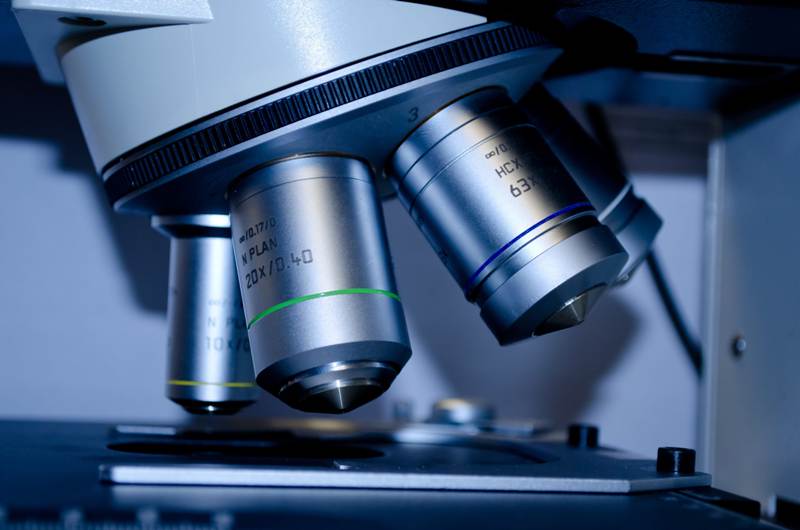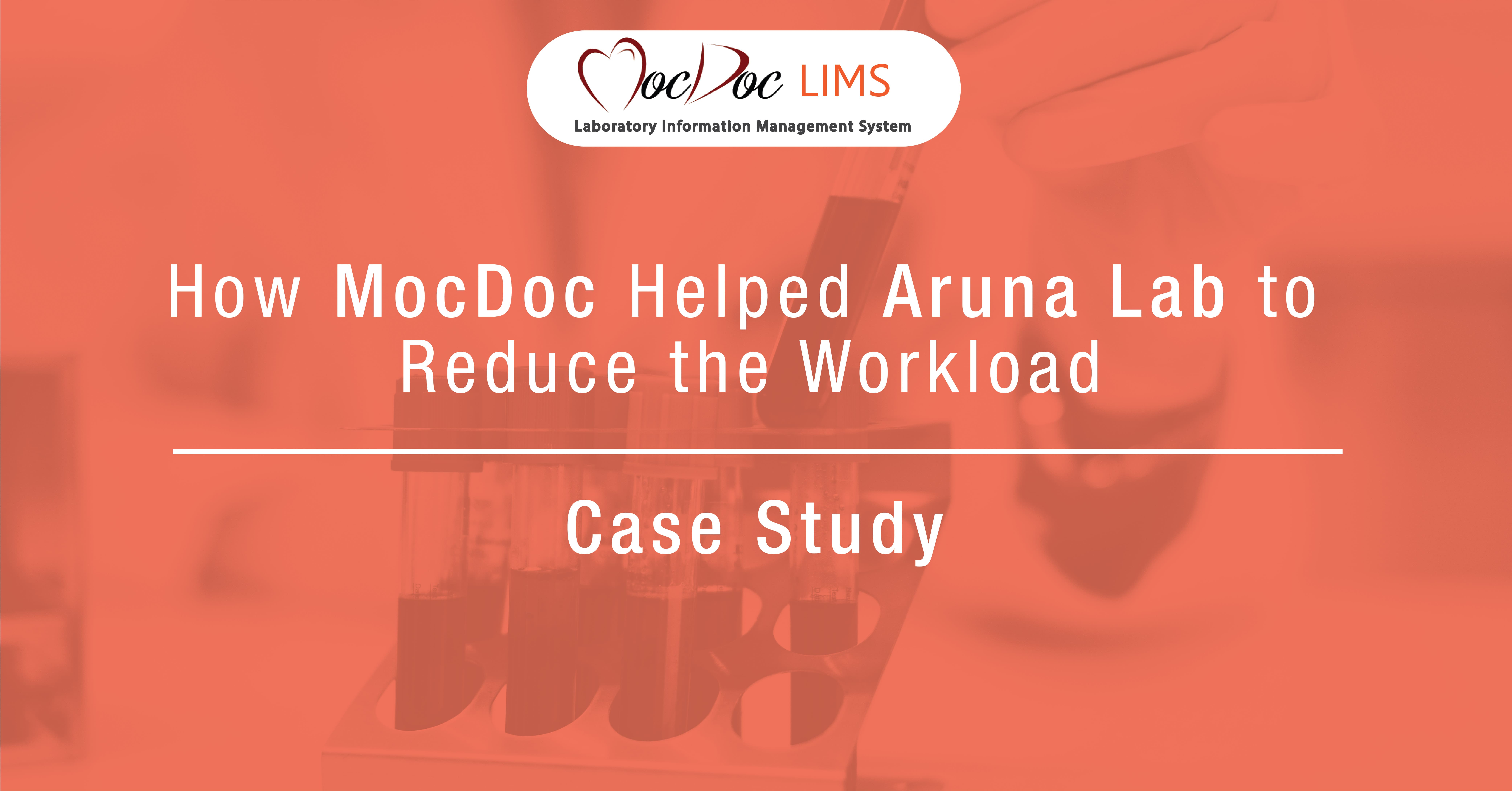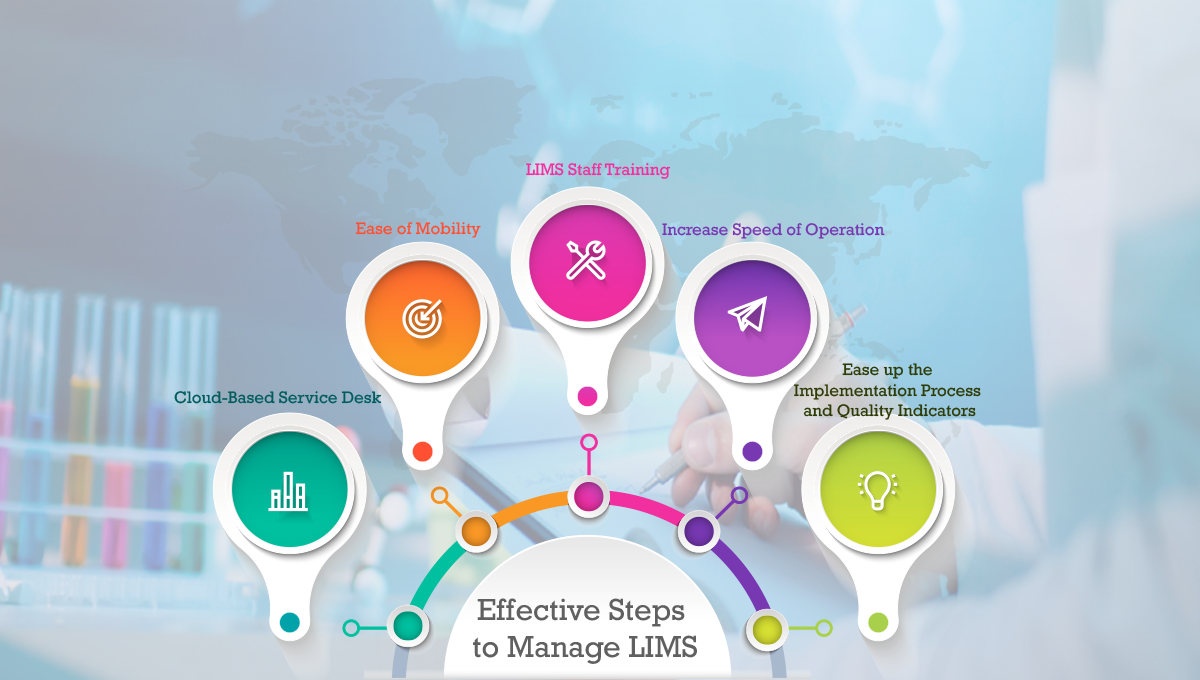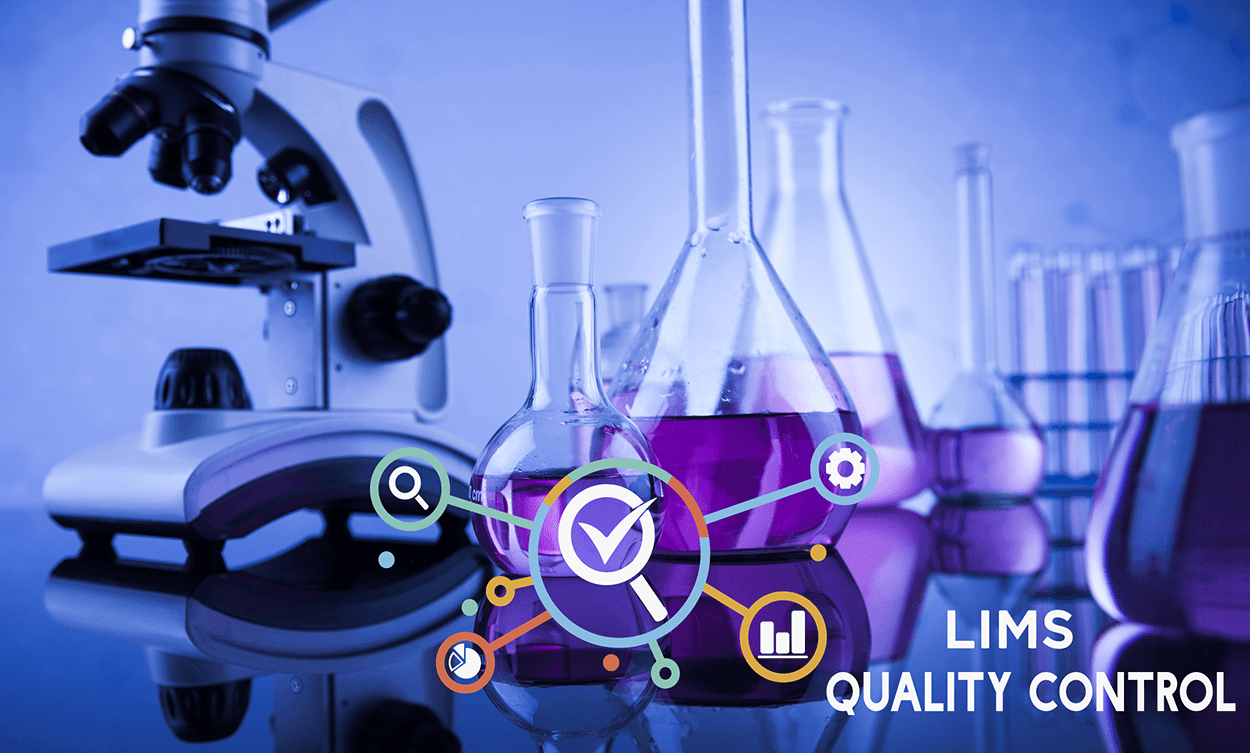MocDoc's Offerings
7 Tips for handling a Productive Lab
Published By
Sanjana
2019073018:00:07
Category LIMS
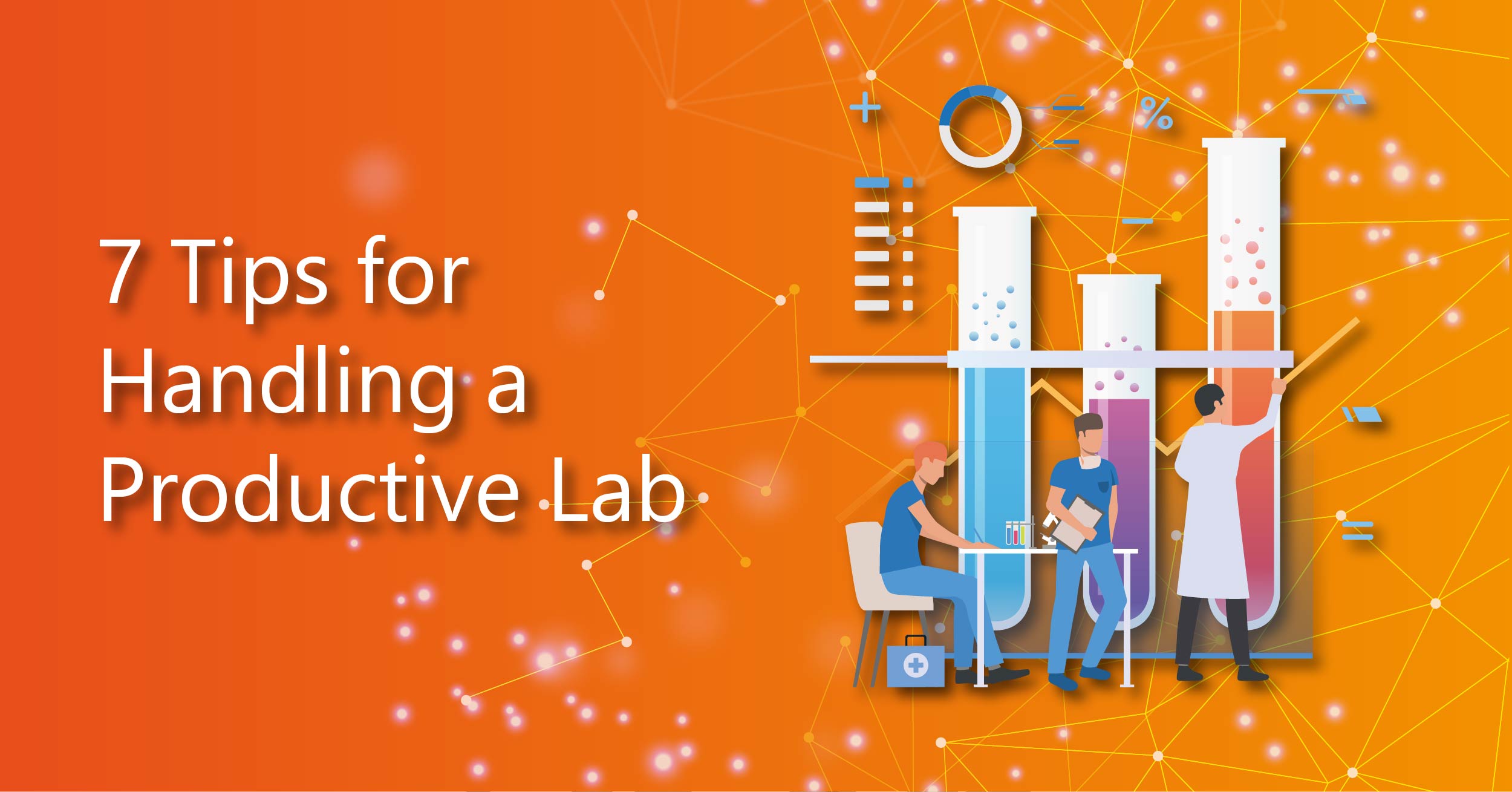
Running a productive lab smoothly is tedious. Whether you are dealing with multiple samples or if you have an excessive number of deadlines approaching, following the practical tips given below will help in managing your lab efficiently.
1. Keep an eye on your stuff:
Your inventory covers all the specimens and reagents your lab will need for diagnostic or experimentation analysis. An effective way of sustaining inventory is to use a tool that makes use of barcodes to identify, categorize, and track samples. Regardless, the labels you utilize for vials, racks, tubes, and boxes need to be suitable for the atmosphere in which they will be used. For instance, labels marked ”cryogenic” can come in handy for any reagents stored in freezers or cell lines or specimens stored in liquid nitrogen.
2. Sustainment is key:
Maintenance of the lab infrastructure is vital to ensure the durability of your reagents and samples. Refrigerators and freezers need to be sustained at the ideal temperature, Co2/O2 levels in each incubator should be controlled carefully, and the stocks of liquid nitrogen and other lab supplies must be replenished. Systems that can control your storage equipment, offering real-time notifications and updates while keeping detailed reports and logs of all parameter-related activity can make this entire process automated, with minimal human intervention, and will ensure that no other thing is missed. These types of systems work with a cloud-based framework and can integrate all reports in a single place and will notify the lab personnel if anything goes wrong.
3. Stay Coordinated:
Spending time in workflow management will enable you to enhance sample traceability, track inventory, improve overall personnel productivity, and more. Incorporating a LIMS (Laboratory Information Management System) is an excellent way to do this as it will note the movement of each sample during the testing process, monitor its custody chain, and enable users to schedule downstream processing, analysis, and testing in a smooth manner. Getting the most out of your LIMS by using barcoded labels is critical as both will aid in sample traceability and tracking.
Communication and coordination are also vital when incorporating any system that optimizes workflow. Holding regular lab meetings will enable you to create and control any LIMS you wish to utilize and also keep a good record of all lab activities with the help of well-annotated lab books and LIMS.
4. It’s the system, not the people:
No matter how organized the labs are, errors will occur. Designing barriers and openly discussing the mistakes will decrease the likelihood of them reappearing. By introducing multiple checkpoints and verifications, you can reduce the chances that the mistakes will stack up causing unanticipated consequences. However, this should not be done without compromising the speed of processing in the lab. Maintaining lab infrastructure, keeping a managed inventory, and coordinating your workflow are all kinds of barriers that can prevent critical errors. Managing all related data in your lab books will also enable you to resolve the mistakes as each test or experiment can be verified with comprehensive documentation even if the person is no longer a lab member.
5. Utilize Common Sense:
Some labs are specialized in carrying out a small set of techniques that need specific labels. For instance, Xylene-resistant labels for histochemistry labs. Regardless, most of the labs do not have tremendous resources with which to buy labels and equipment. Managing a lab cannot be like a one-size-fits-all approach. In this case, it’s crucial to assess what the issues are and to come up with answers from both financial and organizational standpoints. In most cases, simple solutions are enough. For instance, you can have signed-up sheets either online or on paper for machines like biosafety, centrifuges, cabinets, thermocyclers, etc.
6. Thinking Creatively:
Following the current trends are important. You need to make sure that you’re thinking in a creative manner even for simpler things as it can help avoid issues in the lab and also can enhance the research pace.
7. Collaboration:
Efficient communication is crucial regardless of the lab you work in, but with every member consistently working on various techniques or projects, it's possible that they fall out of the habit of collaborating. Lab meetings are a significant way to solve problems, especially at the beginning of the week, so that everyone knows what their tasks are and how to complete them. It’s a good habit to make a relationship with your office mates even outside the lab as this helps to have excellent communication.
Hope the above blog helped you to know about managing a lab productively and its benefits in depth.
For More Information Visit MocDoc LIMS Software
Related Articles
What are the criteria to choos...
Laboratory Information Management System (LIMS) is..... Read more
How MocDoc Helped Aruna Lab to...
Aruna Clinical Laboratory:Aruna Lab was founded in..... Read more
5 Effective Steps to Manage LI...
Effective Steps to Manage Laboratory Information M..... Read more
Using LIMS for Quality Control...
Keeping up with the fast-evolving world of trends ..... Read more
